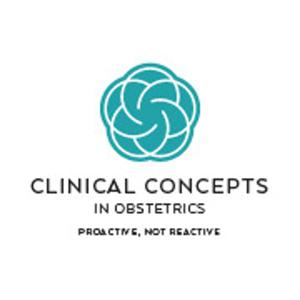Elinzanetant, sold under the brand name Lynkuet, receivedapproval from the U.S. Food and Drug Administration (FDA) on October 24, 2025, for the treatment of moderate to severe hot flashes due to menopause. How is this different than Fezolinetant, which was approved in 2023? Listen in for details.
1. Menegaz de Almeida, Artur MS; Oliveira, Paloma MS; Lopes, Lucca MD; Leite, Marianna MS; Morbach, Victória MS; Alves Kelly, Francinny MD; Barros, Ítalo MS; Aquino de Moraes, Francisco Cezar MS; Prevedello, Alexandra MD. Fezolinetant and Elinzanetant Therapy for Menopausal Women Experiencing Vasomotor Symptoms: A Systematic Review and Meta-analysis. Obstetrics & Gynecology 145(3):p 253-261, March 2025. | DOI: 10.1097/AOG.0000000000005812
2. Pinkerton JV, Simon JA, Joffe H, Maki PM, NappiRE, Panay N, Soares CN, Thurston RC, Caetano C, Haberland C, Haseli Mashhadi N, Krahn U, Mellinger U, Parke S, Seitz C, Zuurman L. Elinzanetant for the Treatment of Vasomotor Symptoms Associated With Menopause: OASIS 1 and 2 Randomized Clinical Trials. JAMA. 2024 Aug 22;332(16):1343–54. doi: 10.1001/jama.2024.14618. Epub ahead of print. PMID: 39172446; PMCID: PMC11342219.
3. Cardoso F, Parke S, Brennan DJ, Briggs P,Donders G, Panay N, Haseli-Mashhadi N, Block M, Caetano C, Francuski M, Haberland C, Laapas K, Seitz C, Zuurman L. Elinzanetant for Vasomotor Symptomsfrom Endocrine Therapy for Breast Cancer. N Engl J Med. 2025 Aug 21;393(8):753-763. doi: 10.1056/NEJMoa2415566. Epub 2025 Jun 2. PMID: 40454634.
STRONG COFFEE PROMO: 20% Off Strong CoffeeCompany https://strongcoffeecompany.com/discount/CHAPANOSPINOBG




































